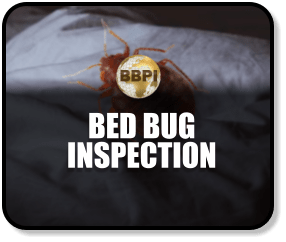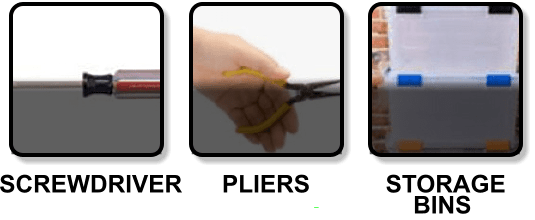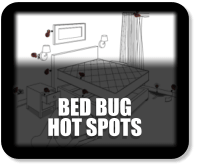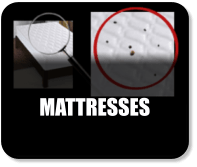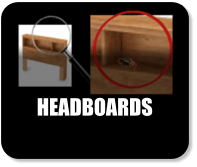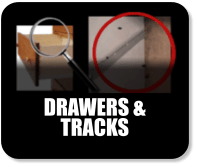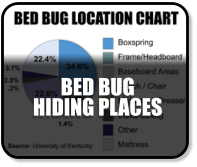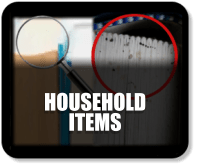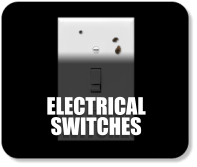HOW TO CHECK FOR BED BUGS
PREFACE
Bed bugs are often discovered in areas where the untrained eye would not think to look.
As such, all items located within the suspected area, in addition to common furnishings such as beds, bed frames, headboards, carpets, dressers, and wall fixtures, are candidates for inspection, and only those items that are sealed or made in such a way that external access is not possible should be ignored.

